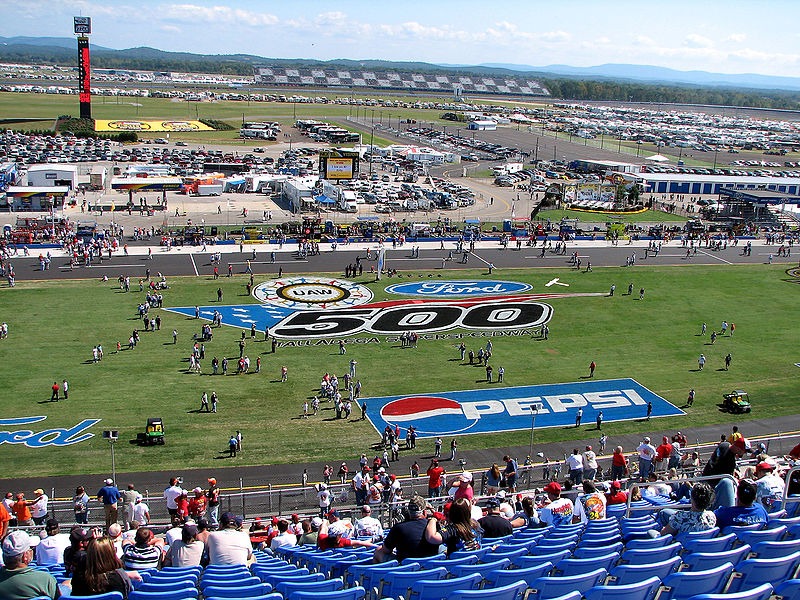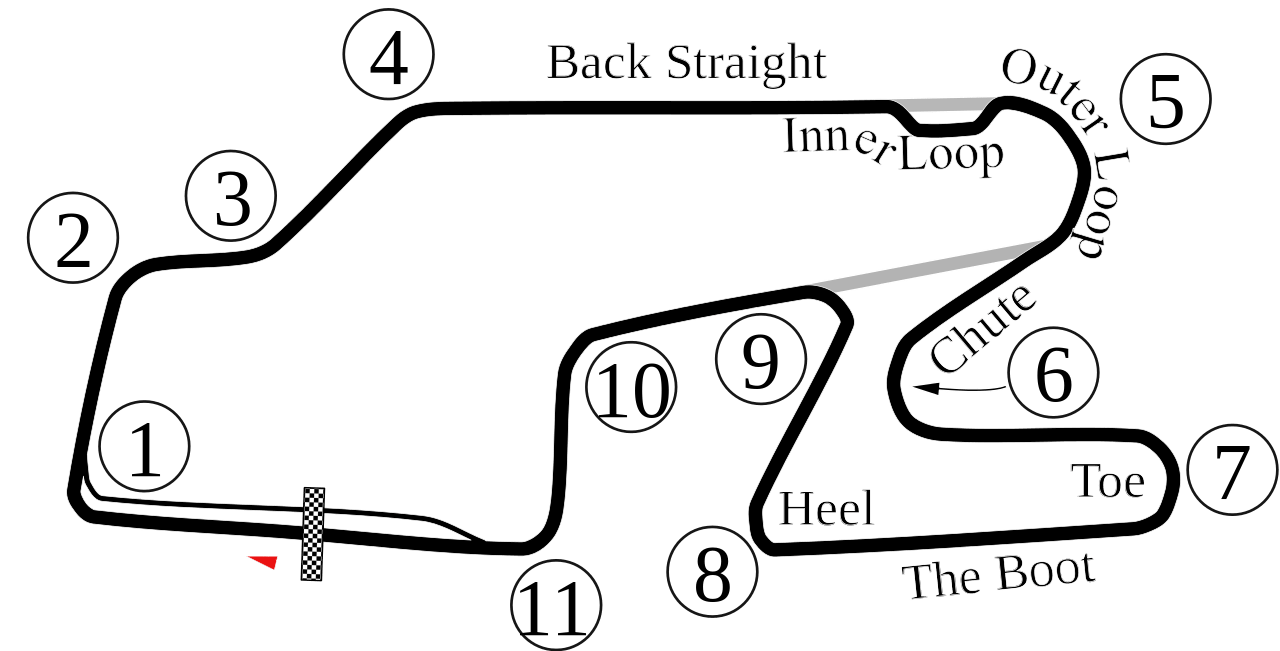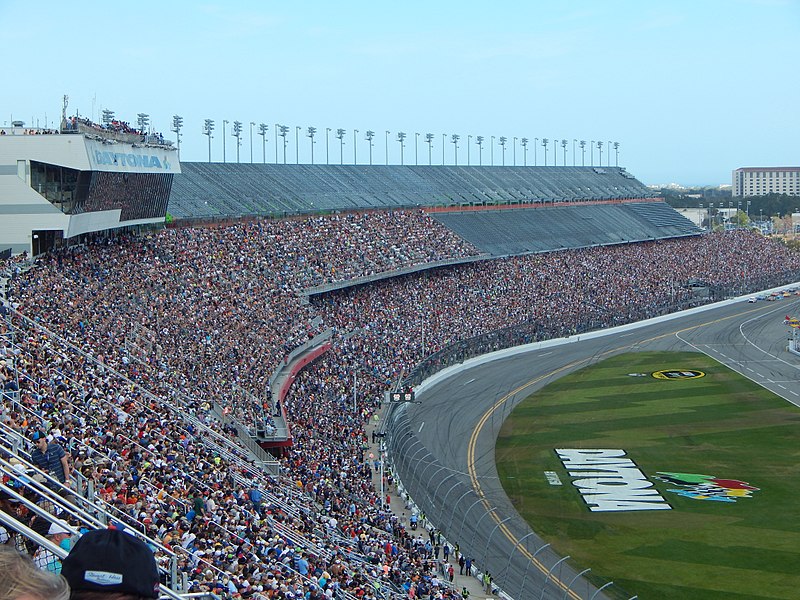As the prime authority in stock car racing, NASCAR has nurtured motorsport to become a national entertainment in the United States and be a spectacle in the international spotlight. In its more glorious years decades back, every NASCAR race was an invitation one cannot resist by both fans and newbies alike. Every track raced through by the race car drivers would host thousands of viewers waiting for some heart-pounding speed contest among the participants.
NASCAR held its race events through several race tracks across the US. For years since its establishment in 1948, the sanctioning authority traversed state after state – establishing various race tracks that come in varied forms, each with its own identity and purpose.
At present, the NASCAR Cup Series has 24 race track locations mainly in the eastern states, with only six of them stationed west of the Mississippi River. These tracks vary according to the track’s length, configuration, surface and banking. Some routes can be of similar length or distance, sure, but every NASCAR track distinguishes itself from another in terms of configuration and/or elevation.
Historically, NASCAR races were held in sandy, dirt race tracks, but since 1970, all race events were held in race tracks made of the asphalt surface. Other race tracks are either wholly or partially covered with concrete.
Adding to the uniqueness of NASCAR Cup Series race tracks are their shapes. For instance, over half of NASCAR race tracks are tri-oval; they resemble the shapes oval and triangle (hence, the portmanteau). Some tracks, such as the Bristol Motor Speedway, are true ovals. The Darlington Raceway, on the other hand, has tracks that resemble an uneven ‘egg shape’ while the Pocono Raceway has a triangular one. The famous Indianapolis Motor Speedway is rectangular.
NASCAR defines its race tracks based on their length. The oval tracks’ lap length varies from 0.526 miles or 0.847 km at Martinsville Speedway to 2.66 miles which is about 4.28 km at Talladega Superspeedway. More specifically, race tracks are categorized as superspeedway (there are only two), speedway or intermediate track, short tracks, or road course tracks.
The Talladega Superspeedway and the Daytona International Speedway (measuring 2.5 miles) are the only tracks defined by NASCAR as “superspeedways.” With their gigantic ovals, anything can happen, and speed racing in these tracks proved dangerous, given how some car setups could deliver such incredible speeds. To avoid accidents, NASCAR had since mandated the use of restrictor plates to regulate the car’s speed and keep them in check.
Speedways or intermediate tracks exceed one mile in length, which is where most NASCAR events are held. Examples of these speedways are the Autoclub Speedway (2 miles), Atlanta Motor Speedway (1.540 miles), Homestead-Miami Speedway (1.5 miles), Darlington Raceway (1.366 miles), and all others.
Short tracks are tracks less than one mile in length. We can include the Martinsville Speedway with 0.526-mile length under this category, Bristol Motor Speedway measuring 0.533 miles and Richmond Raceway that is 0.75 miles in length.
The last one is the road course tracks which are actually not oval tracks. In fact, they are far from being ovals. These race tracks comprise clockwise turns and twists that usually involve sceneries of the surrounding nature, contrasting to the usual counter-clockwise race on oval tracks. The first-ever series to feature a road course track event was in 1954 at Linden Airport, New Jersey. Some famous road course tracks are Watkins Glen International which measures 2.450 miles; Sonoma Raceway, which is 2.520 miles long; Mid-Ohio Sports Car Course, with 2.258 mile-length; and others.
The tracks, as said earlier, differ in terms of banking. Some NASCAR tracks do have a wide range of banking in the corners. For instance, the New Hampshire Motor Speedway is built with flat corners giving it 7 degrees of banking. It currently has the flattest corners. On the flipside, Talladega Superspeedway’s has the steepest banking (33 degrees). Courses also differ regarding the amount of banking on the straightaways – from entirely flat to a 9 degree-banking at Dover International Speedway, for example.
For the fastest race track, the highest speed ever was recorded in Talladega Superspeedway set by Bill Elliott in 1987 with a record average speed of 188.354 mph (303.126 km/h) and the record qualifying lap of 212.809 mph (342.483 km/h) – a record which is likely to remain forever due to NASCAR’s mandatory use of restrictor plates at superspeedways back in 1988.



